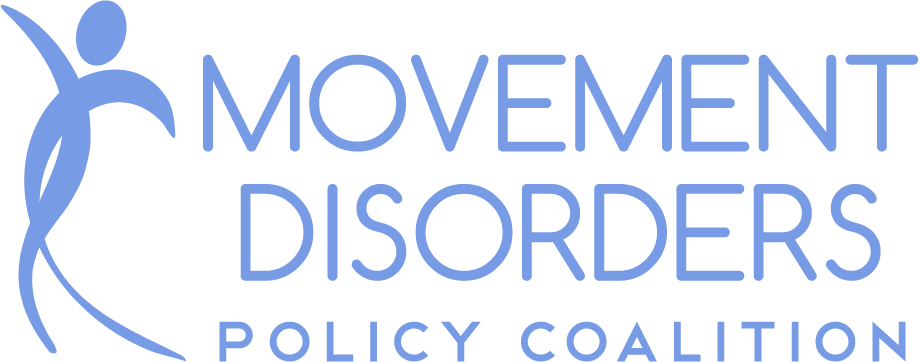from the Institute for Patient Access
Existing therapies help Parkinson’s patients control their tremors and stiffness – most of the time. Now, new versions of the drug apormorphine could address breakthrough symptoms, which about 90 percent of patients experience during what’s known as “off” periods.
If, that is, health plans make the drugs accessible.
Off periods typically occur after patients have been on Parkinson’s medication for five to 10 years. They manifest in one of several ways. Some patients experience a gradual wearing off of their medication before the next dose is due; or, they find the dose not taking effect as quickly as usual. For other patients, the off episode may happen suddenly.
Patients have a few different options. A simple change in routine may help; separating Parkinson’s medication from meals, for instance, because protein may block the body from absorbing the medication. Other patients may need to work with their physician to adjust the amount, frequency or formulation of their medication. A longer-acting formulation may help.
In other instances, however, patients need an additional medicine to manage off periods. Apormorphine, a rescue medication, can help by mimicking the brain’s natural dopamine. And a new formulation under review by the Food and Drug Administration makes the drug more usable for patients. While existing apormorphine is injected, the new formulation dissolves under the tongue. This could help patients who want to administer the drug themselves but are struggling with tremors or sudden stiffness.
The FDA is also considering an inhaled version of levodopa. Both therapies are expected to become available to patients in early 2019.
But the question remains: Will patients’ health plans provide access to these treatments? Innovative therapies often encounter resistance from insurers, who may use prior authorization, step therapy and high cost-sharing to minimize their spending.
Barriers like these would limit access, leaving Parkinson’s patients at the whim of breakthrough symptoms that undermine their independence. Barriers could also discourage continued innovation. Both effects could be devastating for Parkinson’s patients and their families. The estimated 1 million Americans with Parkinson’s depend upon innovative medicine to manage their day-to-day lives – and look toward the future with hope for a cure to the debilitating disease.

